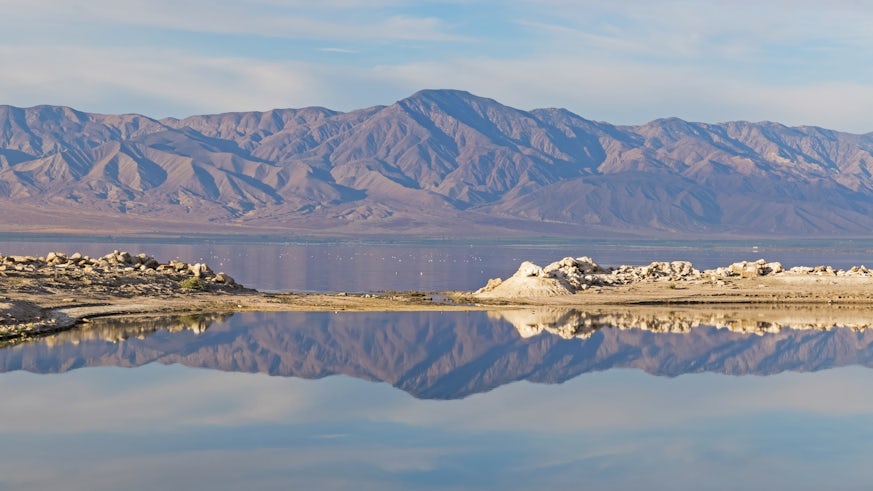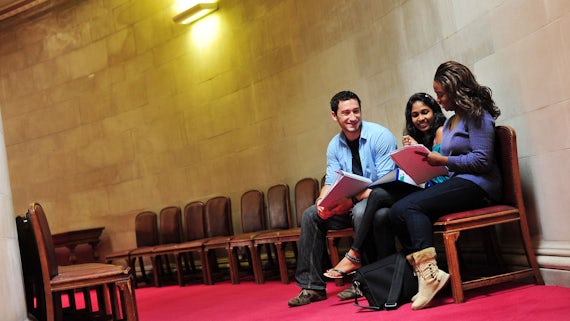Fellowship funding supports environmental art project
14 February 2019

Alumnus named among the Landscape Architecture Foundation’s (LAF) 2019/20 Fellowship for Innovation and Leadership cohort.
Hans Baumann, a BSc Geography (Human) and Planning graduate (2006), is one of six Fellows announced by the LAF. He will participate in a 12-month programme to develop his leadership skills, facilitated by discussions, critiques and mentorship delivered via three-day residencies in Washington D.C.
Each Fellow will also receive a $25,000 award and pledge 12 weeks to pursue individual projects designed to effect positive change in the profession, to the environment, or for humanity.
After graduating from Cardiff University, Hans spent two years working as an urban planner before returning to education. He obtained a Master’s degree in Landscape Architecture from the Harvard Graduate School of Design. While working in private practice as a landscape architect, Hans began developing his portfolio as an artist and now works full time as a Land Artist, from his base in Santa Monica, California.
Hans’ project during his year-long Fellowship will be to create a site-specific land art installation, completed in cooperation with the Torres Martinez Desert Cahuilla Indians on their Tribal Reservation in Southern California. It will measure the disappearance of the Salton Sea.

Hans explains: “The Salton Sea has been the home of the Cahuilla since time immemorial, and the future of the Tribe is inextricably linked to the future of this landscape. By 2030, nearly one-third of this 340 square mile inland sea will have disappeared.
The project will use the landscape as a medium of communication and blend Western design theory and practice with the Cahuilla’s indigenous knowledge and traditions. Hans elaborates: “The complete artwork will showcase a narrative written by Cahuilla artists about their homeland. Our intention is for much of this to be submerged and only gradually, as the water disappears, will more of it be revealed until several decades from now the full scale of the piece will be visible across a now-dry lakebed. This long-term process will amplify the Cahuilla’s voice and demonstrate the Cahuilla’s resilience and fortitude in the face of environmental and cultural challenges.”
Follow Hans’ Instagram for an insight into his work and to follow his journey.
